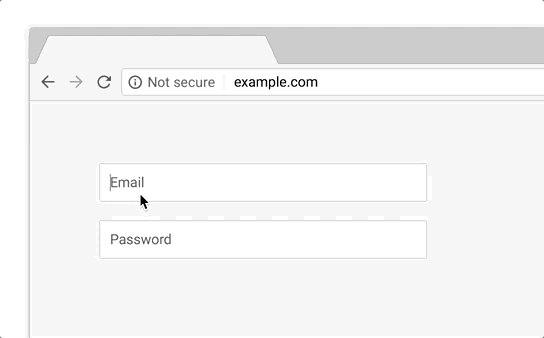Few months ago, the Chrome developers announced that in July 2018 will begin to mark as unsafe all HTTP pages. The "Not secure" icon appears in the address bar next to the URL.
This is an important innovation, because people are taught to avoid sites that have not installed a TLS certificate to encrypt traffic. After all, these sites really endanger users. For example, providers and other intruders can inject advertisements, cryptomayers and other malicious content into unencrypted traffic.
So, site with protection and traffic encryption are recognized as the normal.
From the point of view of user perception, this is an important interface change. Studies have shown that users do not perceive the absence of a green icon with the lock "Protected" as a warning. A clear indication of the danger of the site is more noticeable.

Today, any site can implement HTTPS without any problems (see the "Complete guide to migrating from HTTP to HTTPS" with instructions including Let's Encrypt). Very soon Chrome and Firefox will begin to be labeled as "unprotected" sites without HTTPS, so sites without protection are at risk of worsening their reputation in the eyes of users. This can adversely affect the attendance of the resource, if not already reflected, because the lack of a certificate for three years slightly lowers the sites in Google's search results.